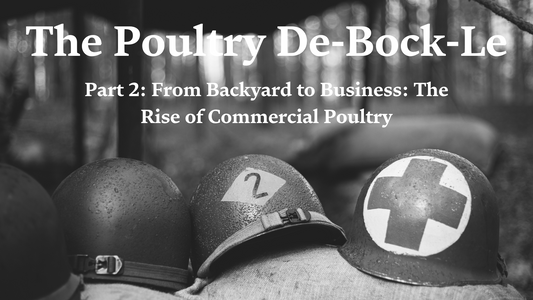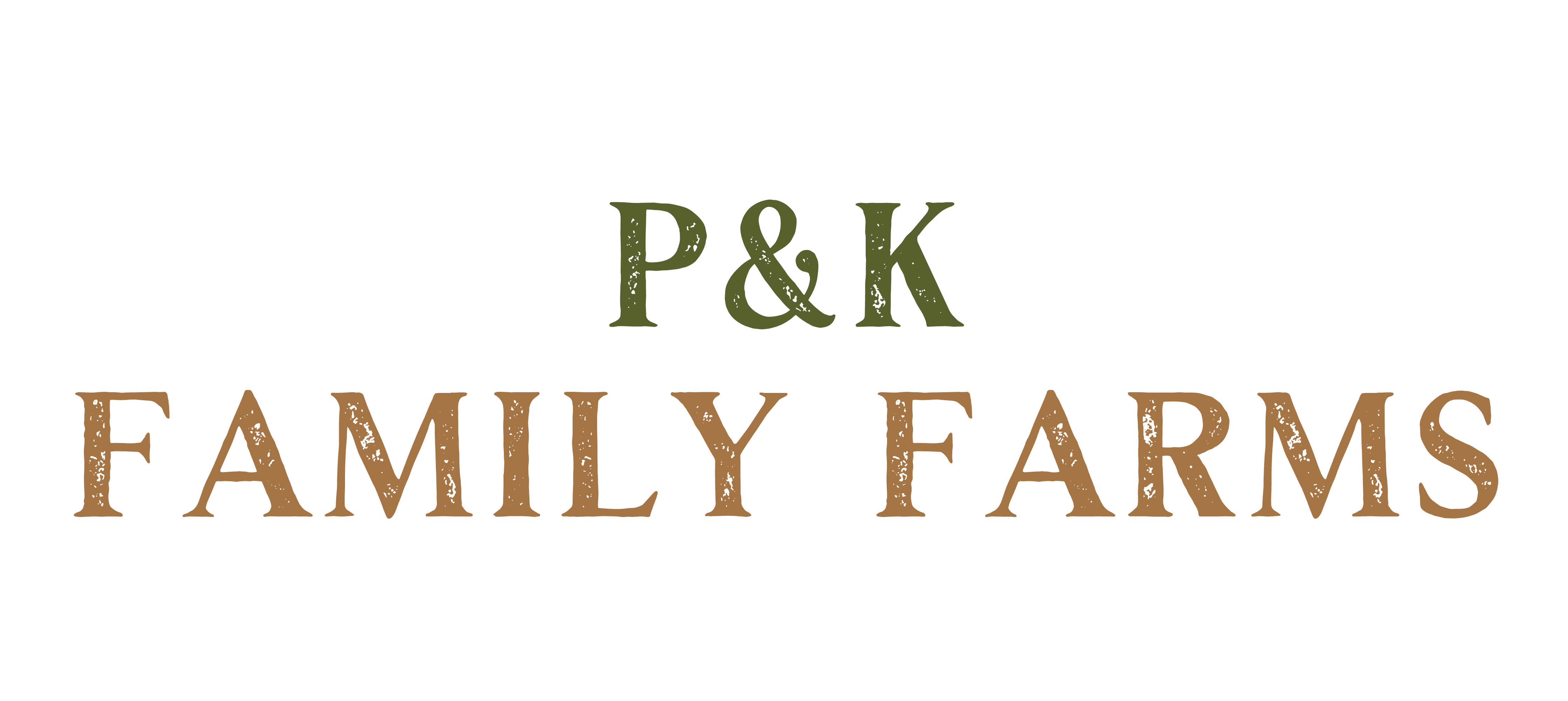Resources
Poultry De-Bock-Le: Part 2: From Backyard to Business - The Rise of Commercial Poultry
Last time we discussed the humble beginnings of commercialized poultry production, and today we are going to watch the trainwreck that ensues as this bird business gets flying! Progressing from the early times in the 20s Americans moved into the Great Depression where money was tight but people needed to eat; thus the demand for chicken continues. Up next was World War II, which led to food rations and victory gardens and again, chicken and its cheap protein came to save the day and feed hungry mouths. The American government even touted "eat chicken for victory," as the cheaper choice was the one most responsible for the truest of patriots to make!
As the demand continued to increase, so did people living in urban areas. It was clear that raising chickens solely for meat was the way to go and doing it on a large scale was the best way to make it accessible for the American people and most cost-effective for the growers. The cornish cross continued to be hybridized to promote rapid growth and efficient feed conversion, meaning they gained weight and were ready to eat much earlier than those Mrs. Cecile started with in the 20s; go read part 1 if you haven't yet.
The government further supported and encouraged large-scale commercial growing through various incentive programs and overall agricultural advancements. Growers could see that the controlled environments of the houses meant the chickens were protected from predators and it was easier to treat diseases. Further, feed was no longer being produced on farm, but instead feed companies started digging into the science of growth and created specially blended diets to promote rapid growth, meaning more meat faster and for less money.
Then in the 1950s vertical integration became the next solution to demand and keeping the costs down. Each of the poultry producers owned facilities for every step of the growing process - hatcheries, chicken houses, processors, feed mills, packaging, and anything else poultry-related. This integration allowed producers to cut costs and marked the truest beginning of the corporatization of poultry farming.
Anyone who was a smaller grower became a contract farmer, having their own land and houses but working on a contract basis for the large companies. This also meant that farmers were no longer autonomous but were instead raising chickens exactly as instructed, and oftentimes they were letting go of raising other varieties of animals and pursuing only chicken.
Not sure if you can see the trend, so I will break it down for you - no longer was the chicken market controlled by small local farmers who you knew and who made individual choices appropriate for their flocks. Instead, everything was becoming controlled by corporate giants who were making choices from a far, dictating the inner-workings of contracted workers. No longer were chickens raised slow and steady but rather fast, quick, and in a hurry; everything was about the numbers seemingly no matter the cost to the health and wellness of the chickens or their consumers.
Be sure to tune into our next installment where things really pick up; marketing becomes a farmer's best friend, the treatment of the chickens only gets worse, and the bottom dollar continues to prevail above all else.
by Allie Kennedy January 22, 2025




